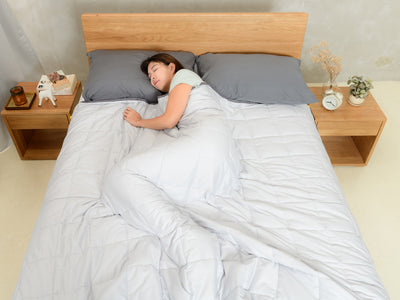Mega Sale | Up to $𝟕𝟎𝟎𝟎 𝐎𝐟𝐟
➊ $𝟱𝟬𝟬 off • over $3000
➋ $𝟭𝟱𝟬𝟬 off • over $8000
Spend More • Save More
Ends in
days
hrs
min
sec
Mattresses


All
Pillows


All
Bedding


All
Baby & Kids


All
Gifts


All
A good night’s sleep starts with little good things.
Shop Natural


All
Resources


All
About


All
Please wait while we process your order
















































